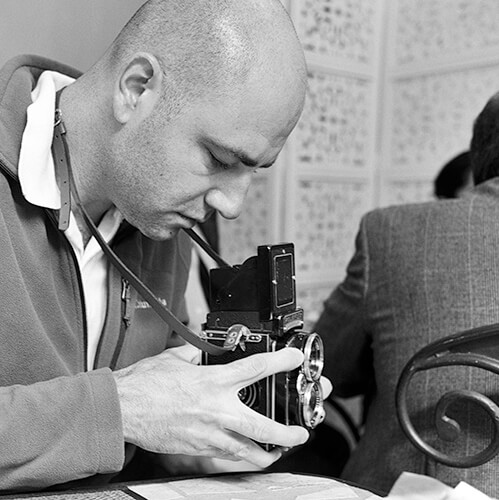Social anthropologist, photographer and scuba diver born in Puebla, Mexico in 1981.
World press photo second place Winner in 2016, Nature category
National Geographic Traveler photo contest ist place winner 2015
Statement:
We can not be just photographers, accountants, politicians or students anymore, our planet is reaching the point of no return and action from everyone is needed. I believe it is necessary to do what we can to revert our aggressive behavior and carelessness towards our own planet, lets use all in our reach to change our behavior once and for all.
Underwater Realm Project
Conservation and protection of the oceans has become an urgent issue, and few governments and NGOs are doing something about it. With the underwater series, I try to drive our attention towards the beauty of our oceans and a truth usually unnoticed: We are brutally overfishing in our oceans, and our attention should be concentrated on the way we fish as well as what we eat from the ocean. We see and care when a forest is gone because it is visible to everybody, but we don't see when we destroy life underwater, we don't see how nets from the tuna, the shrimp industry and the whaling vessels cause damage and death to the sea. We are not familiar with this environment because we don´t see what we destroy, and this needs to change very quickly so we can reverse this course. By sharing the beauty of our oceans we might start to care more and build or strengthen the connection between us and the sea.
About the winning photograph of All About Photo Awards 2018: "TORNADO"
A school of Bigeye Trevally forming a "tornado" at Cabo Pulmo National Park, Mexico. I took this photograph during one of my three exploration trips to Cabo Pulmo in 2015, the diver in front of the tornado school is park ranger Leonardo who accompanied me during that week of exploration. New research shows that schools of fish are self organized aggregations that learn and remember as a group and not as individuals. This new information needs to be taken into account by fishing regulations so fishing techniques could be modified in order to preserve the health of the whole fish population and never fish the whole community.
A few years ago and after almost completely depleting the local reef of Cabo Pulmo, the local fishermen decided to stop fishing and bet all on ecotourism. After a few years that bet became anl economic social and ecological success; what used to be an almost lifeless place now has a complete life chain and one of the highest concentrations of biomass in Mexican seas, even bull sharks and tiger sharks are back and orcas and humpbacks come near the coat of Pulmo and visit often. Cabo Pulmo is a true example that by letting the ocean recover, it will do so by itself.
